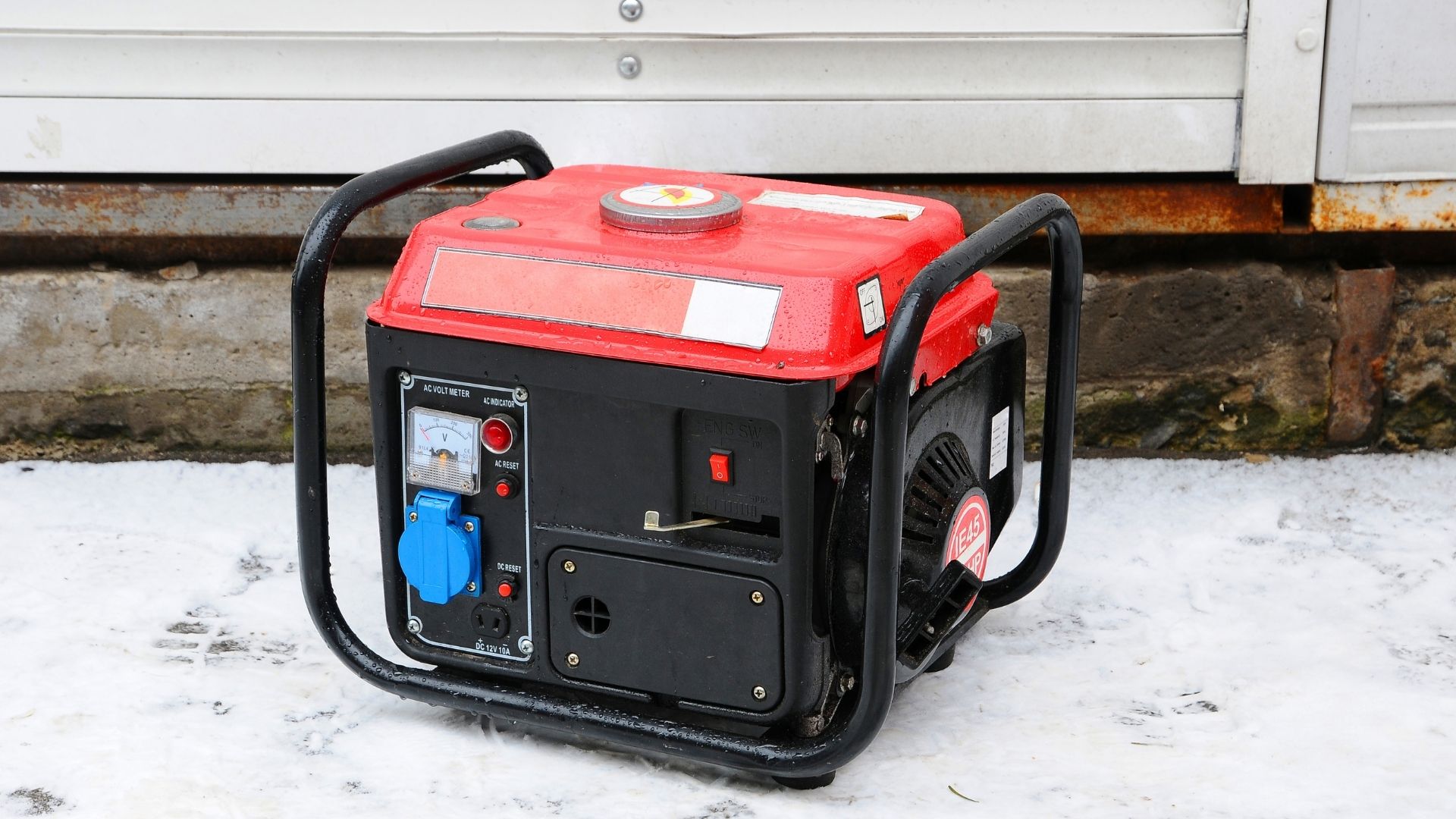Winter storms, hurricanes, tornadoes, and heat waves can all cause regional power outages, which can sometimes last several days. When the grid goes down, generators offer an emergency power source.
If you’re thinking about purchasing a generator as part of your emergency plan, it’s important to understand how to use them safely to prevent accidental fires, carbon monoxide poising, and electrocution.

Before You Buy a Generator
It’s always a good idea to buy a generator that is approved by a nationally recognized testing agency, such as Underwriter’s Laboratory (UL). If you are installing a transfer switch, have a licensed electrician perform the install.
Generator Safety
According to Mass.gov, you should always carefully read (and follow) the manufacturer’s operating instructions. It’s also important to review this material before you need to use the generator in an emergency.
Better yet, test out your generator in a non-emergency situation so you can get familiar with how to operate it. This will make your life much easier in a potentially stressful situation down the road.
Never plug your generator directly into your home’s electrical panel, which can cause backfeeding and potentially cause an electrical fire.
More Generator Safety Tips
- Never run gas-powered generators inside your home, garage, basement, or crawl space – This could introduce carbon monoxide gas into your living space.
- Place your generator outside with the exhaust facing away from windows, doors, and vents.
- Place the generator at least five feet from your house (10+ feet is preferable).
- Install working carbon monoxide alarms on all floors of the home – ideally on any level with fuel-burning appliances and outside of sleeping areas.
- Make sure you store fuel in an appropriate container away from heat sources.
- Plug appliances directly into the generator or use a heavy-duty, three-prong outdoor-rated extension cord.
- Keep the generator dry by operating it on a dry surface and under an open canopy or tarp (make sure the tarp is not draped directly on the generator).
- Only touch the generator with dry hands and avoid standing on wet ground if possible.
- Switch the generator off and allow it to cool before adding more fuel.

